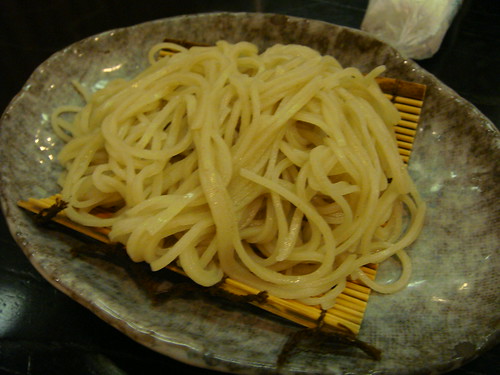Once a monthSeems to be the frequency of my blogging these days...
Here in Japan, the days before and after the first weekend in April are known as Golden Week. There's a string of national holidays starting with Showa Day (April 29th, the previous Emperor's birthday) and ending with Children's Day (May 5th). If you work in manufacturing and the factory stops production (like the Pumpkin Daddy), or if you tack on a couple vacation days in between, you end up with a holiday of a week or more.
We went to visit my brother in Aizu. Which means we had to check out at least one
Byakkotai (White Tiger Unit) related site. We picked Iimoriyama, the hill overlooking the city where the young men took their own lives.
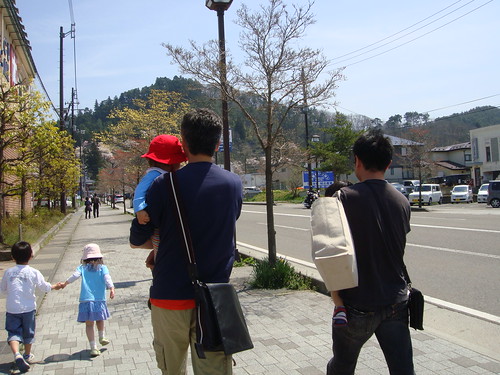
The dads are holding their babies. The Pumpkin Princess is holding hands with her cousin, who is her Prince du jour.
(Short version of the story for people who are 1) not residents of Japan and therefore do not see the TV movies on the topic, aired every New Year's eve starring the cute teenage stars of the moment 2) too busy to check out the Wikipedia link above: Byakkotai, or the "White Tiger Corps" were a unit of young men, about 16 or 17 years old, who fought in the Japanese civil war in 1868. Part of the unit was isolated during battle. They were young and inexperienced and idealistic, and when they saw the town they were defending in flames, they assumed their castle had been taken and their lord killed. Their samurai education dictated that if their master died, they were obliged to join him. So they did.)
Iimoriyama was the typical tourist attraction with stores full of souvenir swords, commemorative T-shirts and junk food. Young women dressed in contemporary male attire gave guided tours. For 500 yen, you could use the escalator instead of climbing the hill the old fashioned way.
At the point where the city could be seen, there were monuments sent from Germany and Italy. Actually, they were replicas of the originals sent in the 1930s. The concept of monuments from Nazi Germany and Fascist Italy celebrating boy soldiers committing ritual suicide did not go over well with Douglas MacArthur, and he had them destroyed.
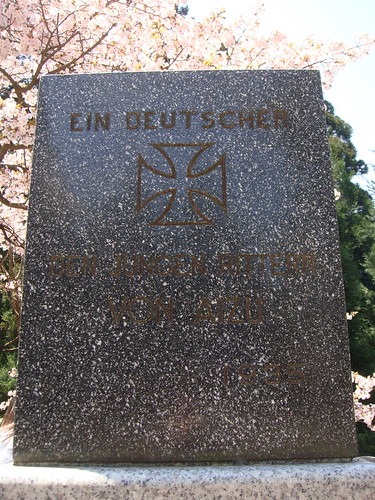
According to the plaque beside it, the original inscription read "from a German soldier to the young soldiers of Aizu". My extremely limited German tells me the current inscription does not.
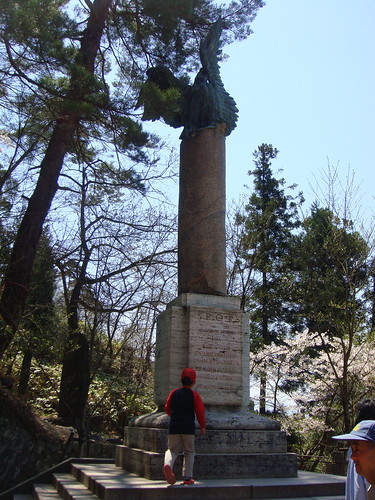
This monument is a replica of the one from the city of Rome. The original was destroyed by the occupying forces shortly after WWII.
The Byakkotai is sad, but not particularly so. They were boys by modern standards, but by contemporary Japanese standards, if you'd had your Coming of Age ceremony, you were a man. These young men did what was expected of them, and in the eyes of their own society, they'd died the death of heroes. What I think they would find annoying was how their image was used to the advantage of the power of the moment. First their corpses were left rotting in the hills, their families not permitted to give them proper funerals because the new Meiji Restoration government (the forces they were fighting) found it necessary to make a show of what would happen to those who opposed the Emperor. Then, when Japan became more and more militaristic, they were depicted as the ideal warriors for their fierce loyalty to their master (keep in mind, this is essentially the same government that forbid their families to give them proper funerals). After that, Japan lost the war and the occupying American forces decided that glorification of ritual suicide was a bad idea and destroyed the monuments dedicated to them.
I think, though, the worst thing that has happened to them is the commercialism. I mean, Byakkotai butter cookies?
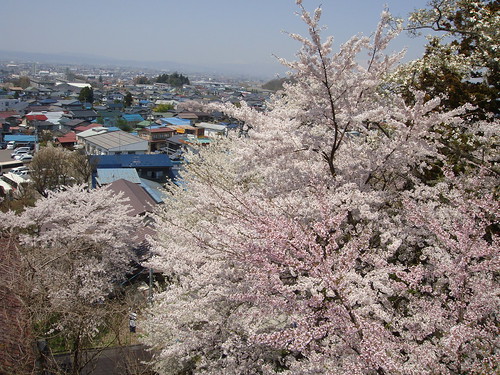
I kind of missed out on the cherry blossoms, so the trip north gave me a second chance.



